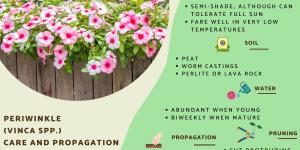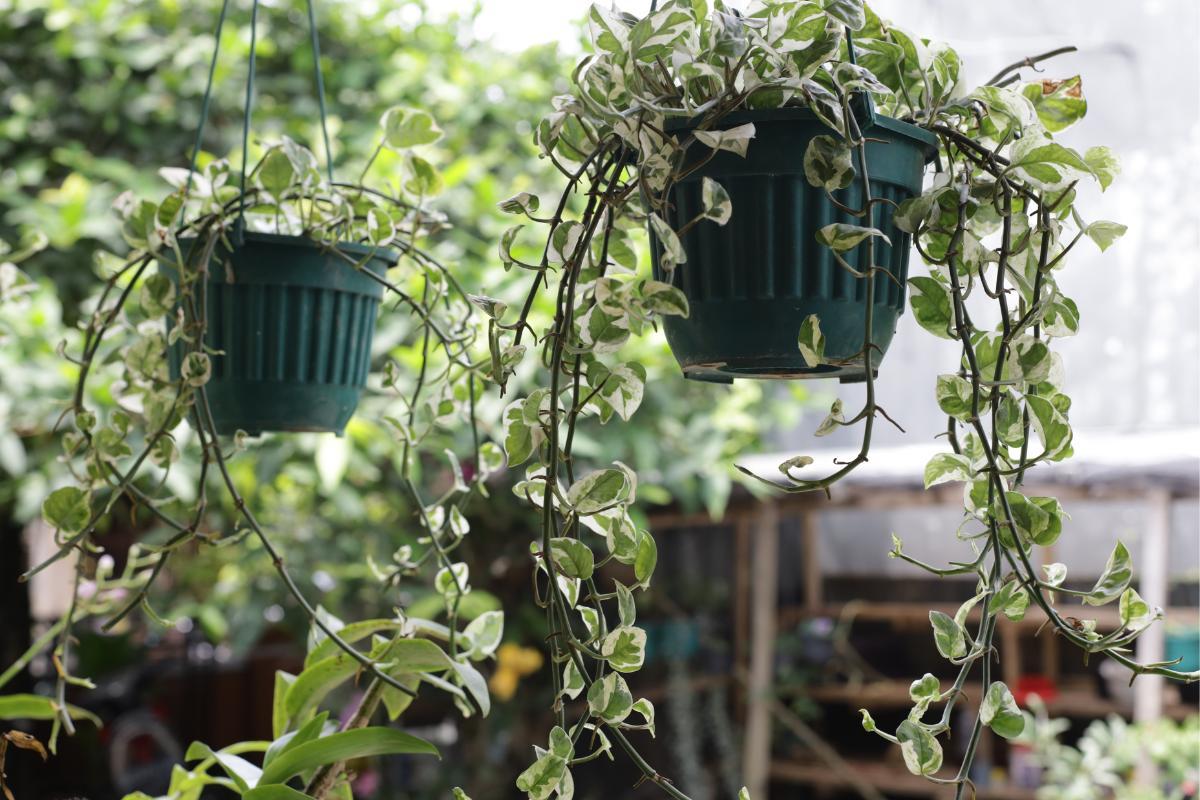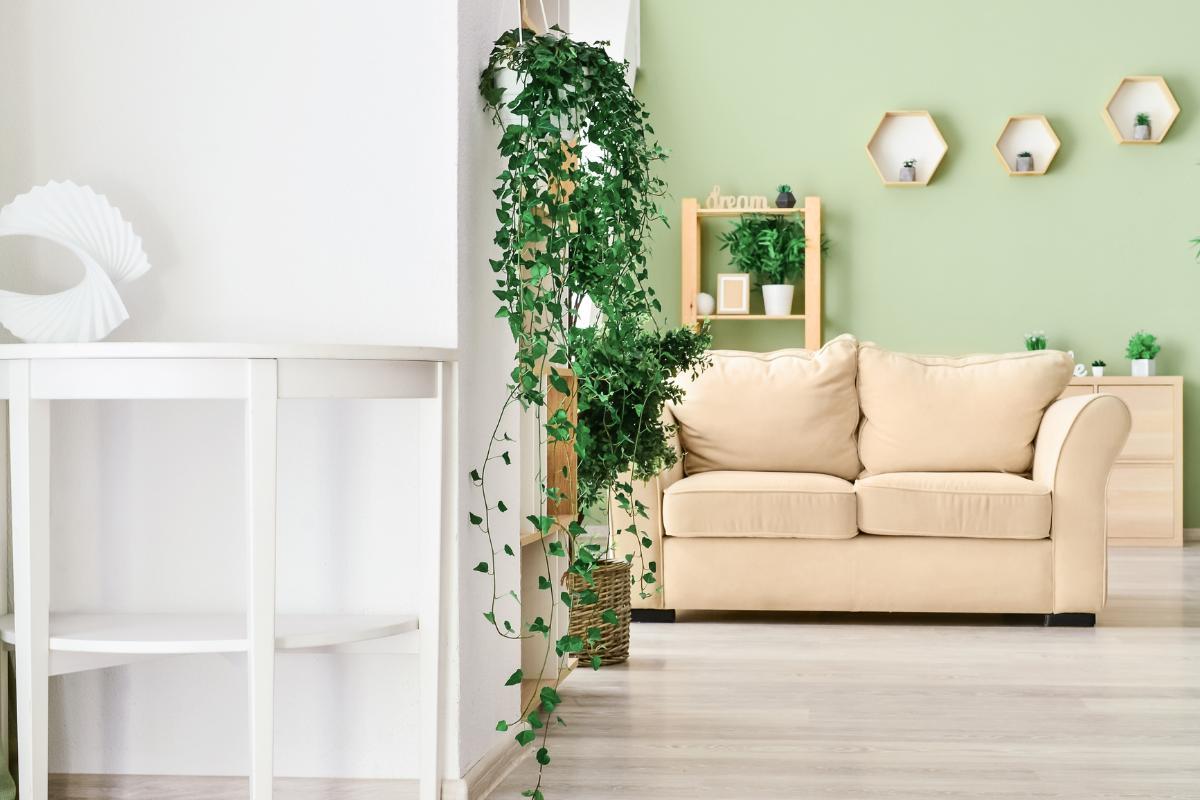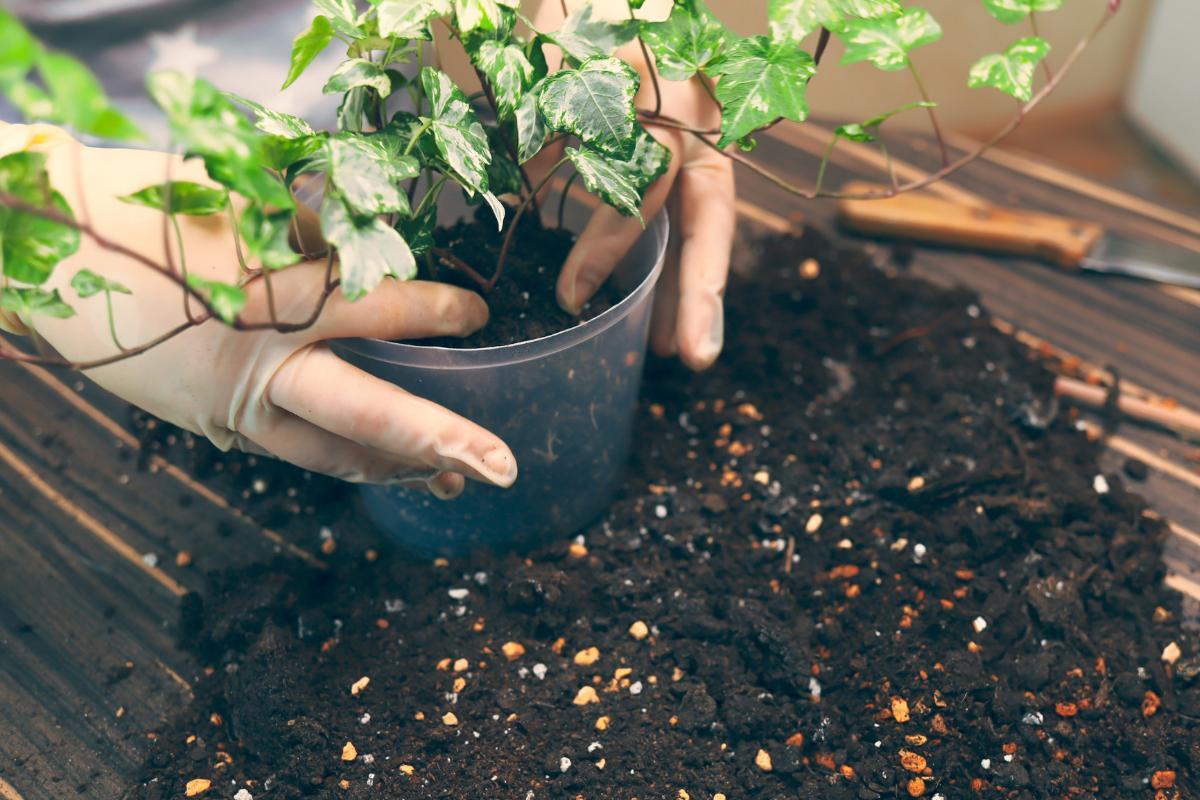Caring for Indoor Ivy Plants - Potted Ivy Care


Potted ivy care differs from ivy vines you would keep outside in that it can be moved around indoors. This allows us to provide very specific care and means we don't have to surrender an entire wall to a creeping ivy plant. Ivy refers to one of various species from the genus Hedera. It can be a creeper along the ground, but will also take to a wall if given the chance. For this reason, keeping ivy in a pot is a good way to keep it under control. We can also better tend to its need sin terms of watering, light, soil, fertilizer and even reproduction, if we wish.
At thedailyECO, we explain everything you need to know about caring for indoor ivy plants. This way you can help preserve them for up to 10 years in the home.
Potted ivy characteristics
All plants of the genus Hedera are called ivy. They are perennial climbing plants that stay green all year round. In fact, they are the best and most stable vines used in gardening.
There are many species and varieties with considerable differences from one to the other. For example, the Irish has a lighter leaf coloration, the German variety is very fast growing and there species with various types or variegation. Even between juveniles and adults the leaves vary. However, one of the most common types in the US and UK is English ivy (Hedera helix) which has a solid glossy green color with white veins.
All types of ivy have similar levels of care which we explain in the sections below. If you are thinking of growing this type of ivy for yourself, you can purchase some with the links below:

Light, temperature and location for indoor ivy
Keeping potted ivy allows you to place the plant in a very controlled environment. Placement is one of the most important aspects of plant care:
- The choice of the pot is vitally important. We will need to be sure it has drainage holes, otherwise the roots will rot. The pot must be heavy to hold the plant to the ground, because creepers exert upward force and could topple the container.
- Potted ivy tolerates temperature changes very well , so it is not demanding in these terms. However, cold winds can turn the leaves brown. In these conditions keep them sheltered either by bringing them indoors or using a wall for protection.
- It is customary to guide ivy on columns, grills, window frames, arches if you want the potted ivy to cover a wall. It is important to mention that it can be clamped very tightly, which can damage the wood. It is necessary to avoid using ivy in structures of wooden material.
- Small varieties can be used as pendants on mantels or above a door.
- It is a plant that grows in shade or semi-shade, one of the reasons it can be a great indoor plant. It is important to mention that those varieties of light colors develop better with more light than those that are dark.
- Indoor ivy can even be used to decorate the door frames of the rooms or separations of common areas. This was a popular Victorian style to maintain contact with nature inside the home. In addition, indoor ivy purifies stale air from xylene and formaldehyde, as well as other elements such as mold, dust or smoke. Learn more about how plants can keep areas fresh with our article on best aromatic indoor plants.
- It is advisable to decide on the indoor ivy's placement when it is young if you want it to attach to a wall. Some can take 2 years to climb and hold, but with patience you will have excellent results.

Indoor ivy soil and fertilizer
Although hardy, using the right type of substrate will better ensure the plant develops to be strong and healthy:
- It is not very demanding of soil , but for potted ivy a substrate prepared in equal parts of peat, worm castings and perlite is recommended to avoid stagnation inside the container. It also tolerates ready-made soil mixes well. Check out our guide to making homemade worm castings if you want to save money.
- Before placing the mixture, a lower layer of gravel is placed in the pot and another of activated carbon. This will help prevent pooling and rot typical of certain plant pots.
- In autumn and spring a top layer of manure and straw is laid. Balanced fertilizer is added in mid-spring.

Watering indoor ivy plants
The soil must always be moist in the spring and summer seasons. In winter and autumn it must be allowed to dry between waterings. The frequency will depend on the temperature. The best place to put a thermometer will always be the ground. Indoors the frequency is more spaced than outdoors.
Pruning indoor ivy plants
Since it is a creeper, ivy will need to be pruned so it doesn't get out of control:
- It is recommended to prune the new terminal stems that grow to promote the widening through the development of the lateral stems.
- To keep it compact, pruning will be done to eliminate any twigs that escape the design.
- It is also recommended to prune when the plant is old which will rejuvenate it.
- Pruning should always be done in spring.
If you want to prune, you need to use the best shears. Use the link below to see a good option for the all-round gardener:

How to reproduce indoor ivy plants
Here is how you propagate ivy plants for use in plants:
- The easiest way to reproduce ivy is through cuttings. Those obtained from pruning can be used.
- A plant that is healthy and vigorous is chosen to make the cut. Make the cut with previously washed and disinfected tools. Many species, such as English ivy develop aerial nodules. If your ivy has them, make the cut on one of them because the root will come out quickly from here.
- They can be taken directly to these potted ivy cuttings with soil or placed in a glass of water where they will develop roots.
Now that you know how to care for potted indoor ivy, you may also be interested in this article on how to care for a prayer plant.
If you want to read similar articles to Caring for Indoor Ivy Plants - Potted Ivy Care, we recommend you visit our Plant care and cultivation category.
- Pilling, R. (1986). Ivy in victorian interiors. In Old House Journal. United States: Active Interest Media. Vol. 14, No. 5, ISSN 0094-0178.
- Beebe, R.A. (2003). Trellis Craft: How to Make Your Own Copper Pipe Garden Ornaments. United States: Trellis Craft.
- Cathey, H. M. (1979). Selecting and Growing House Plants. United States: US Department of Agriculture.
- Buczacki, S. (1997). The care of garden plants. Spain: Tursen.









